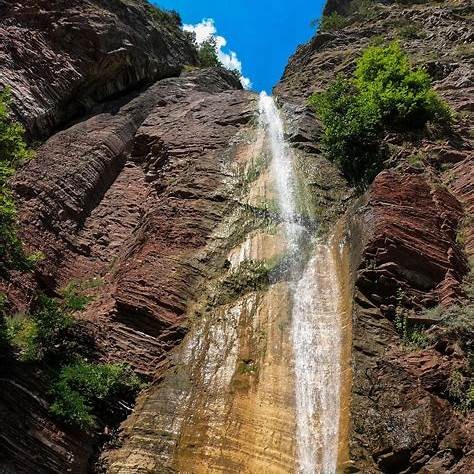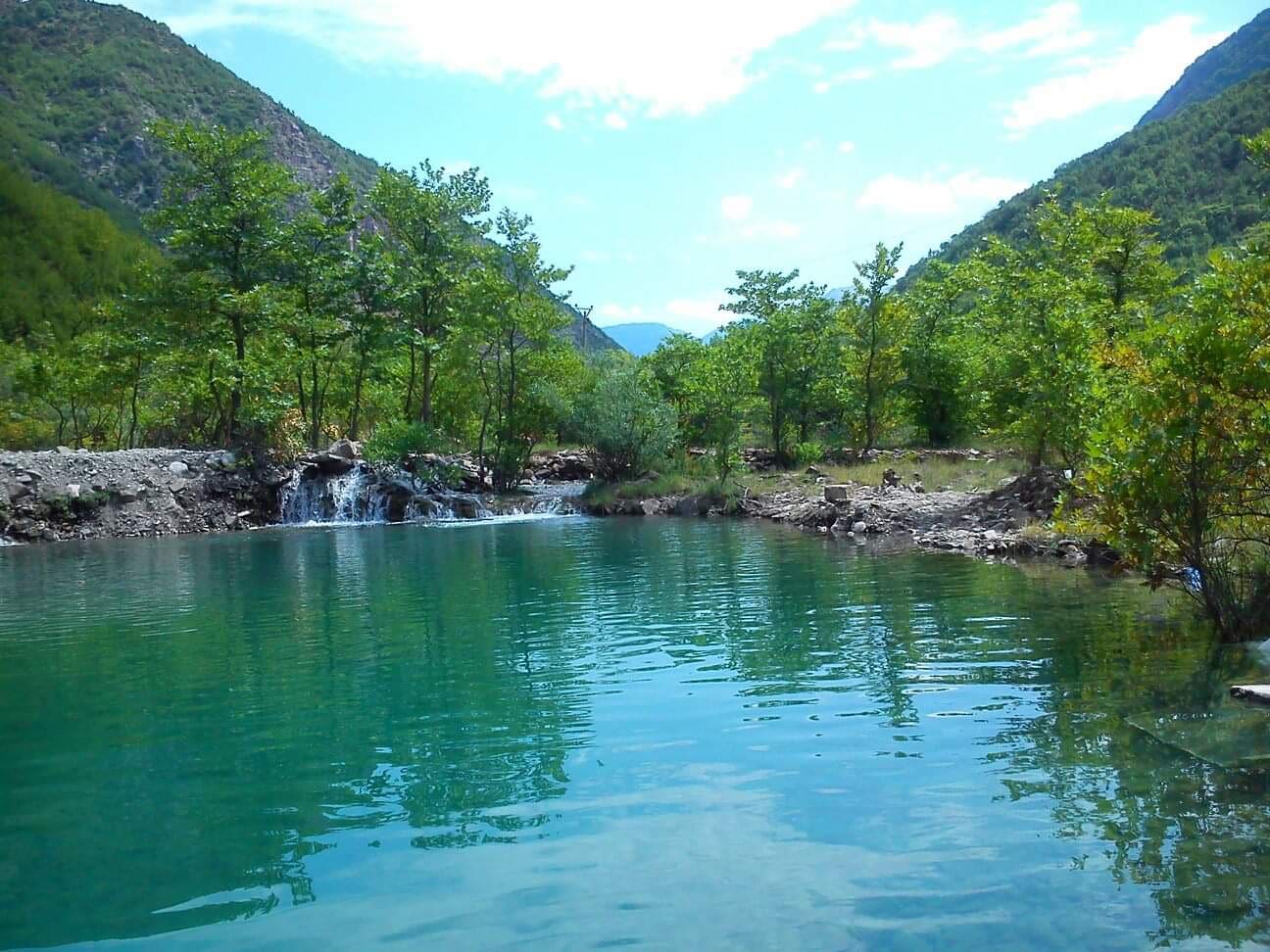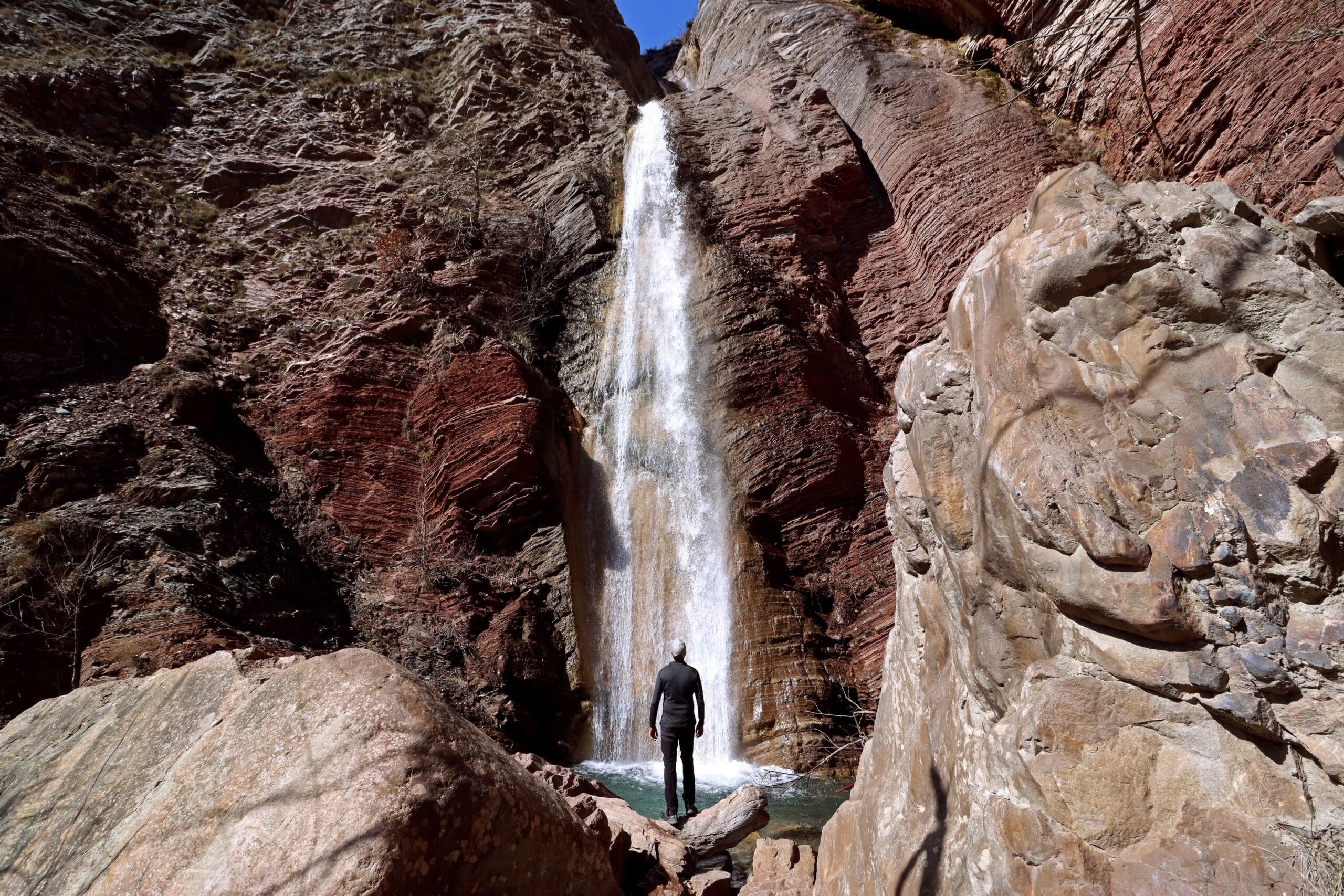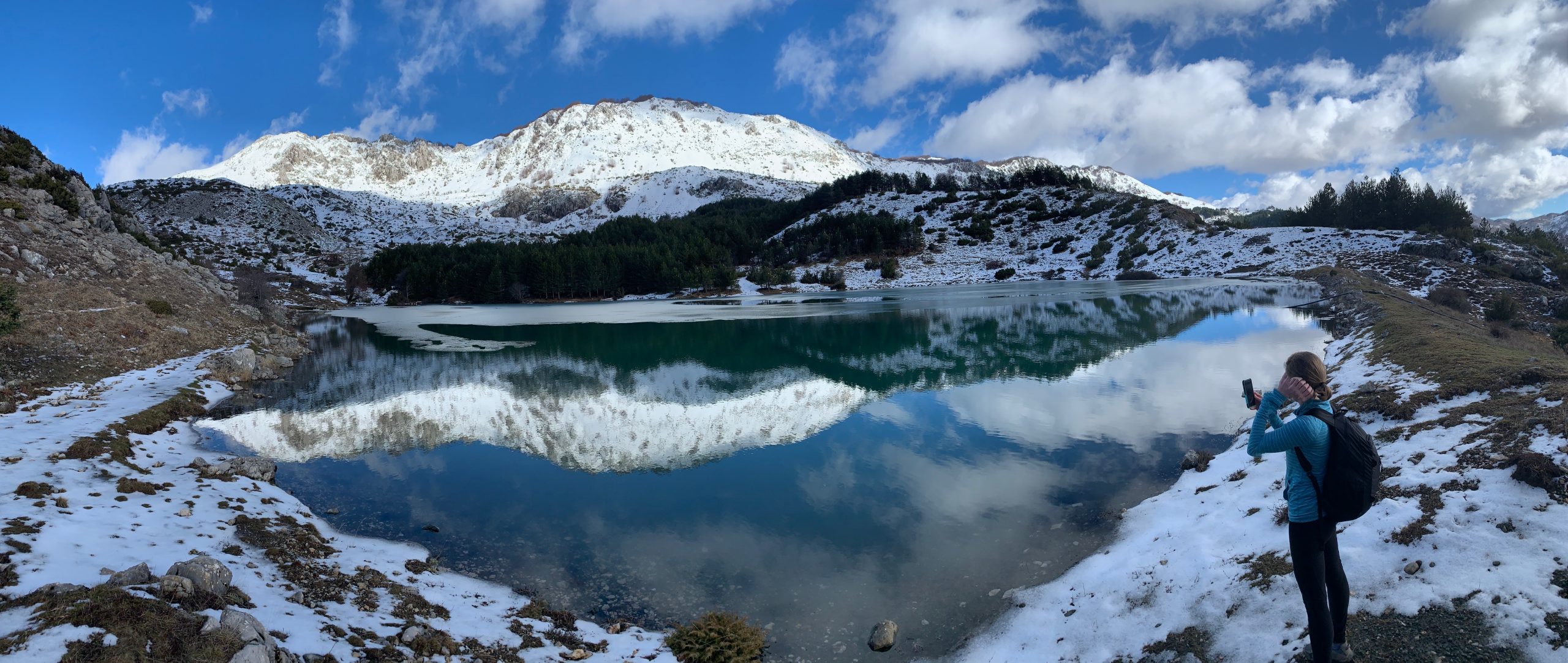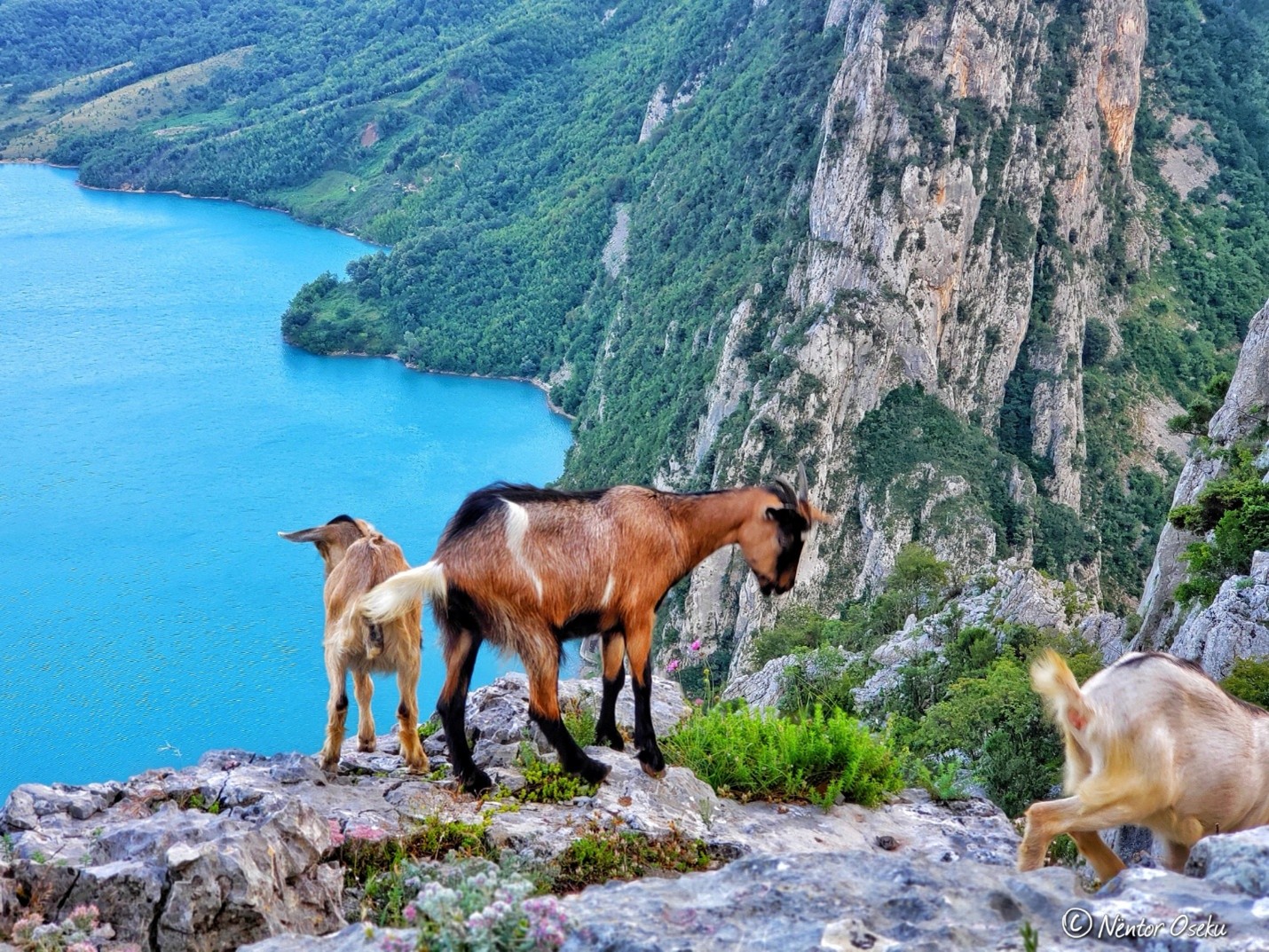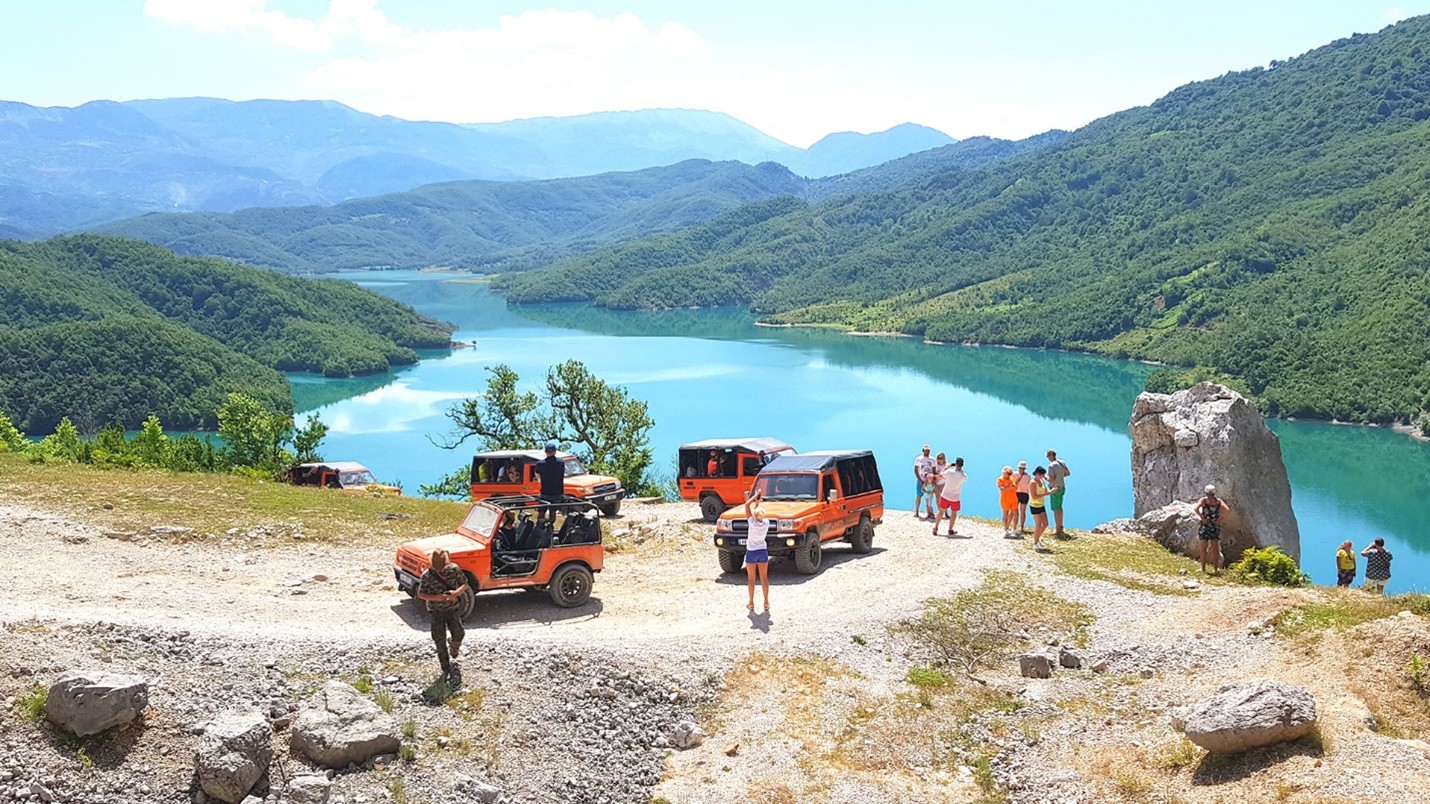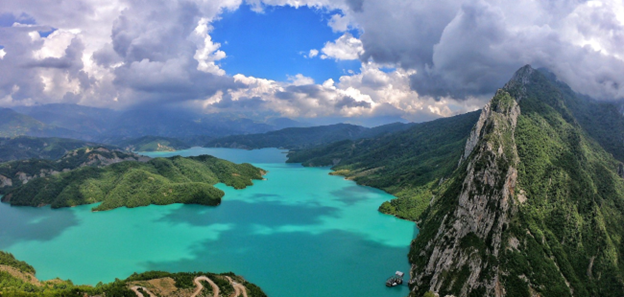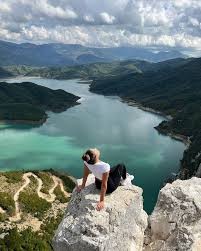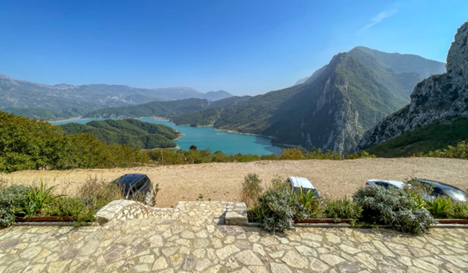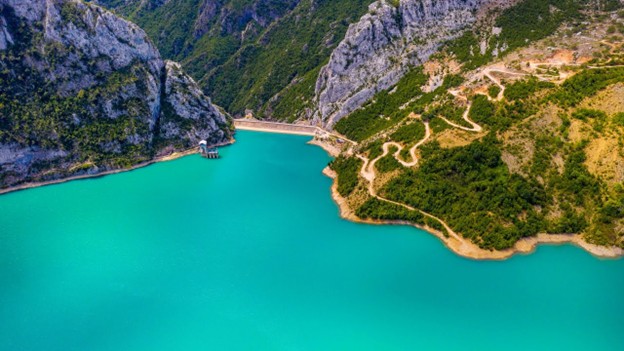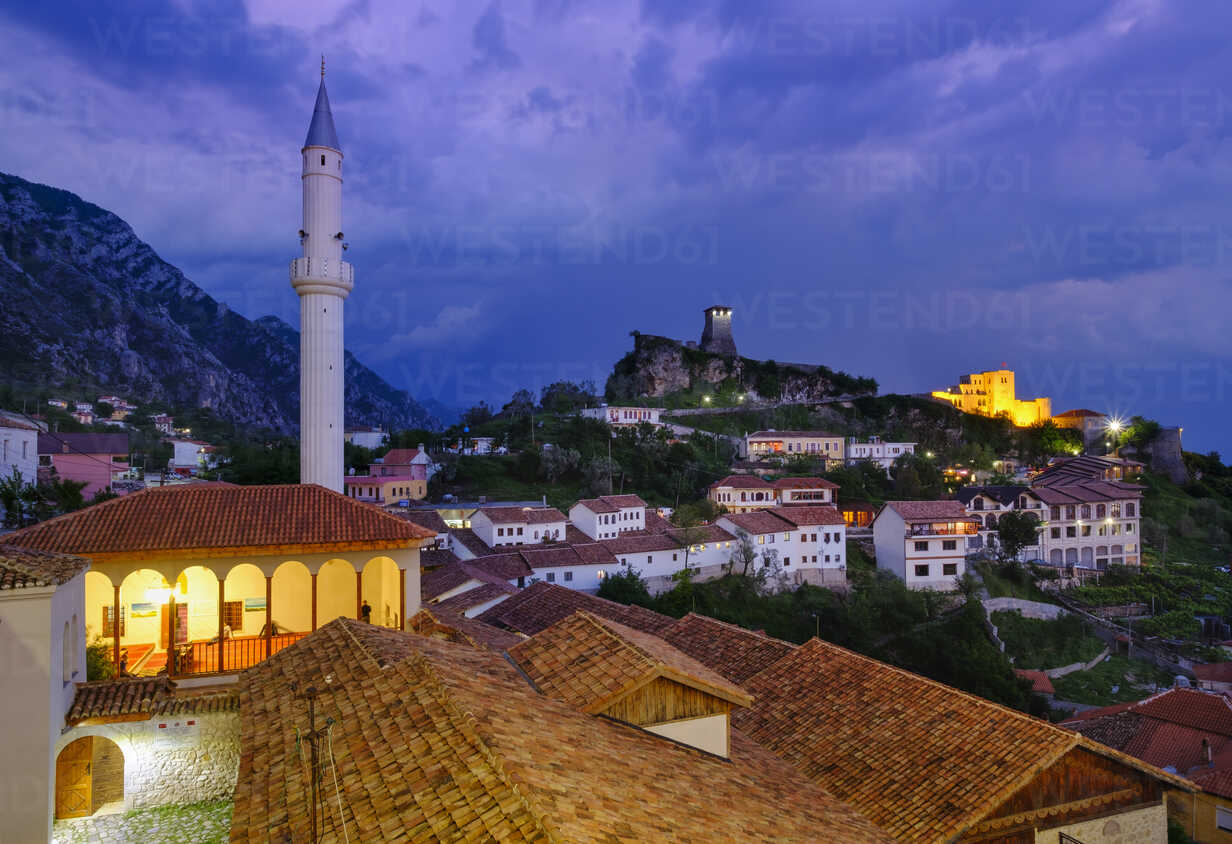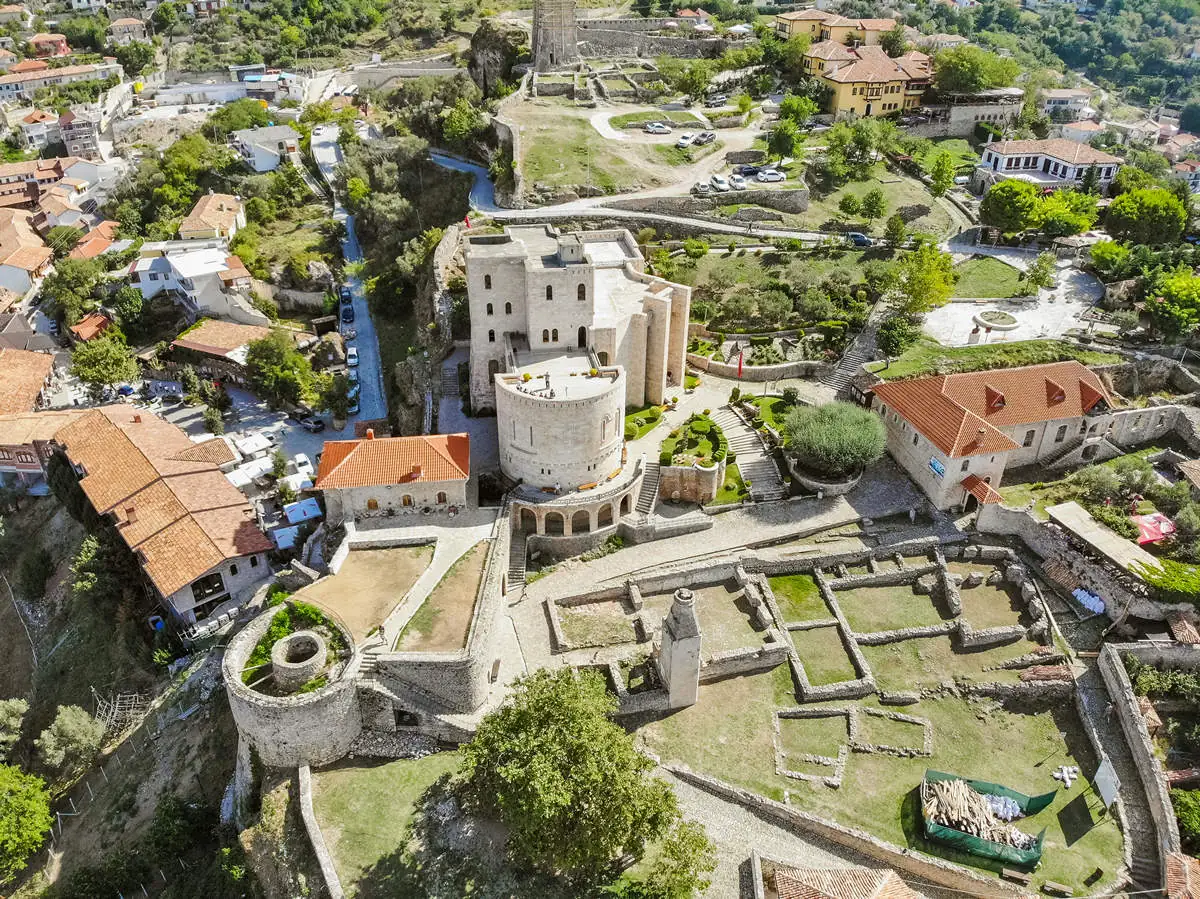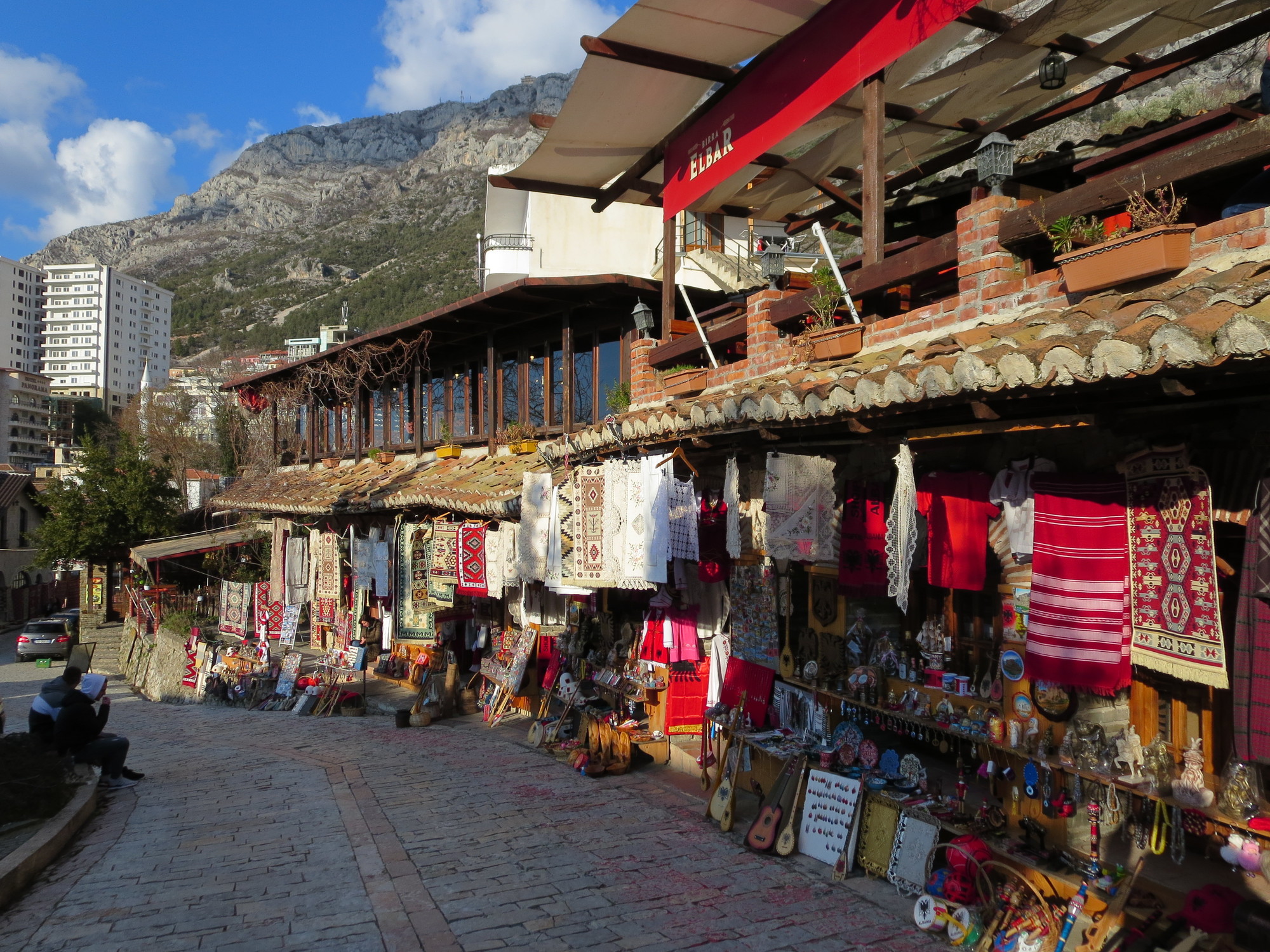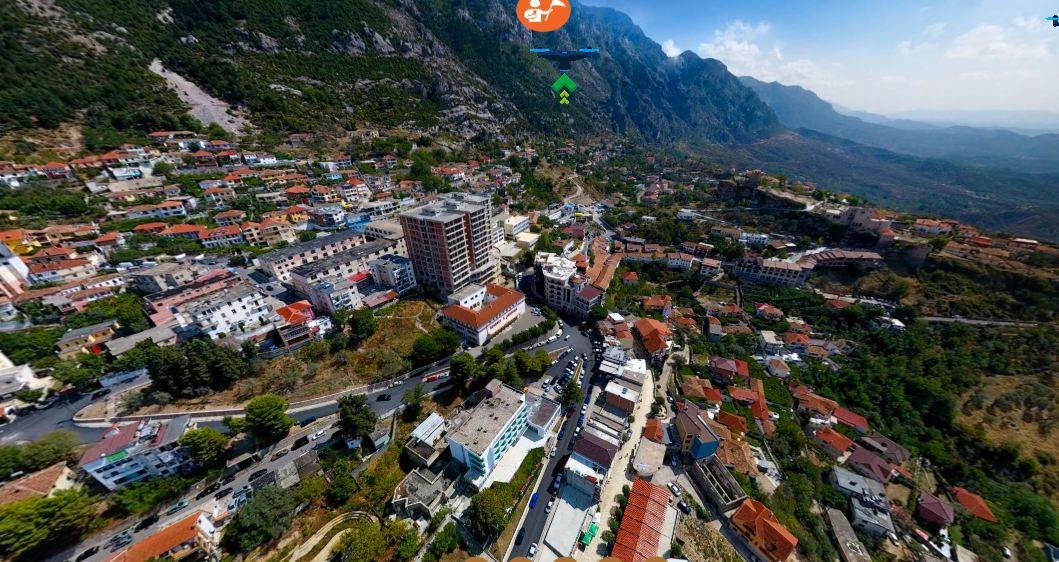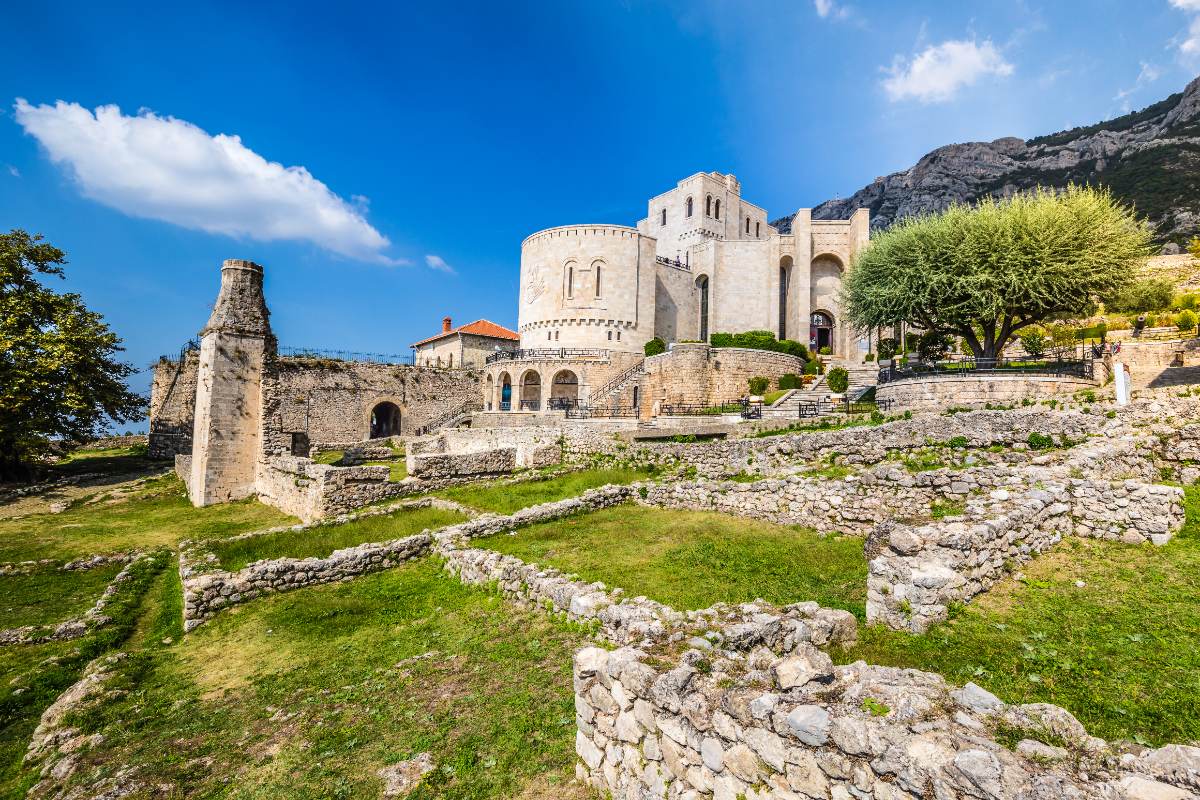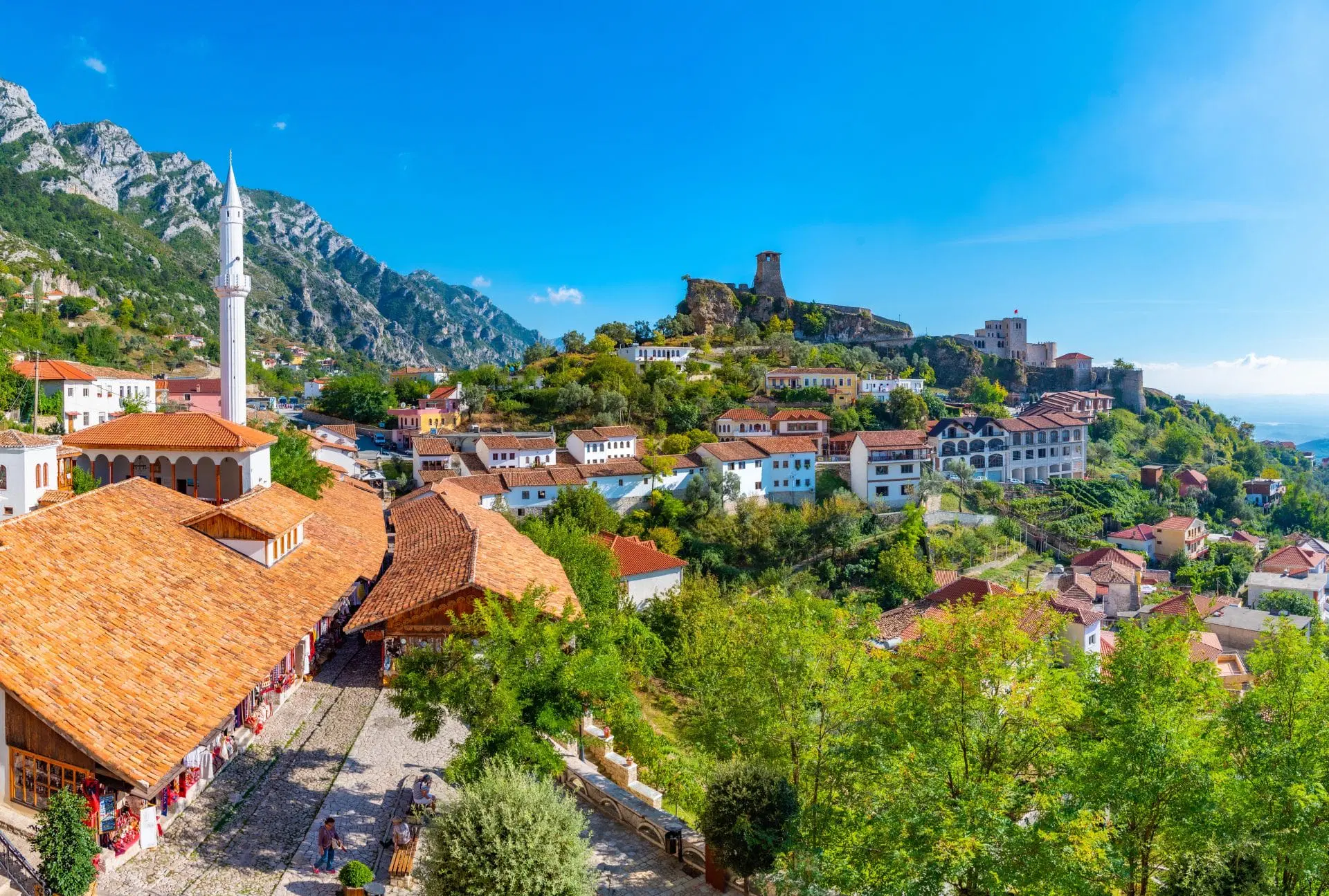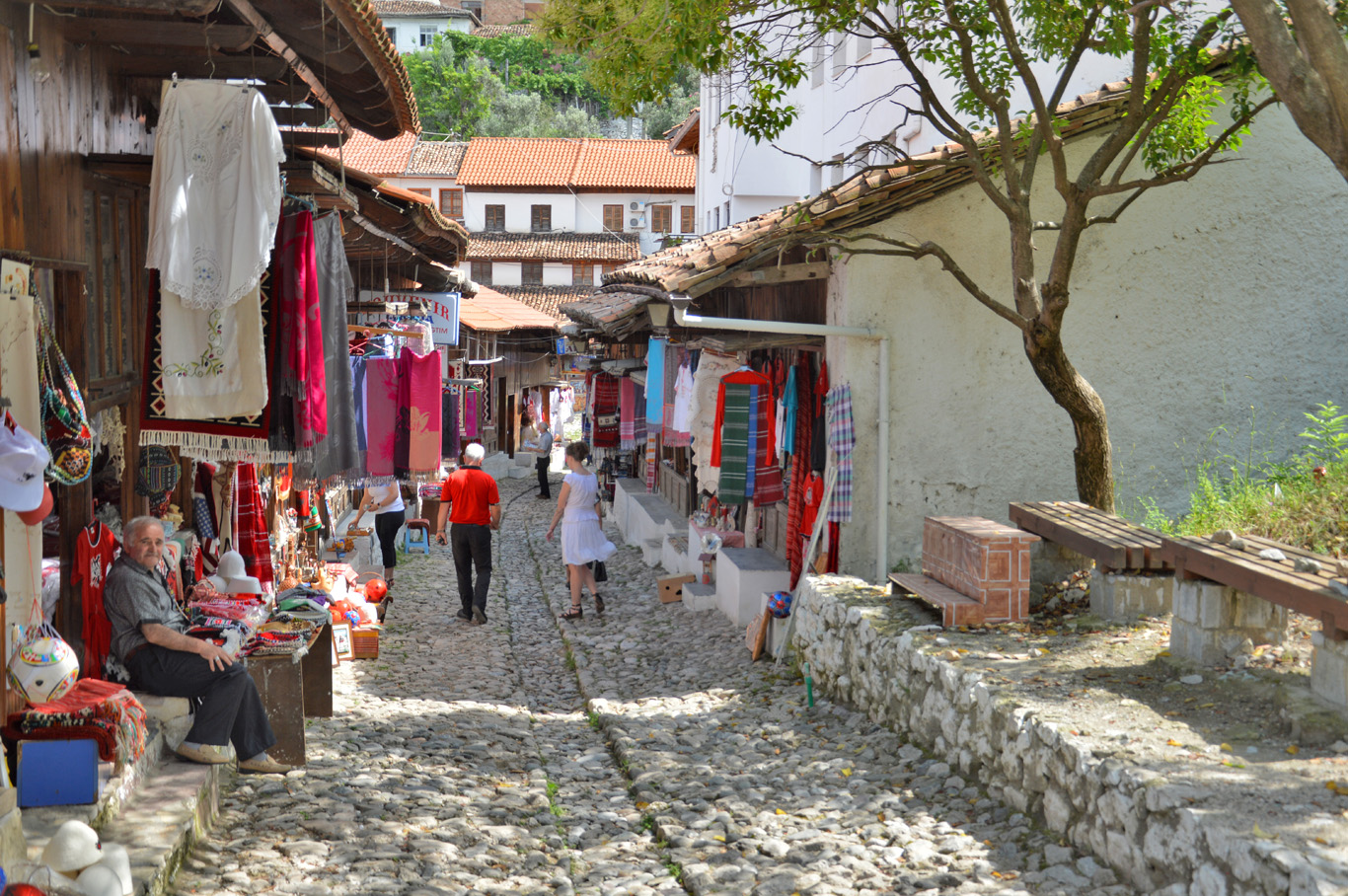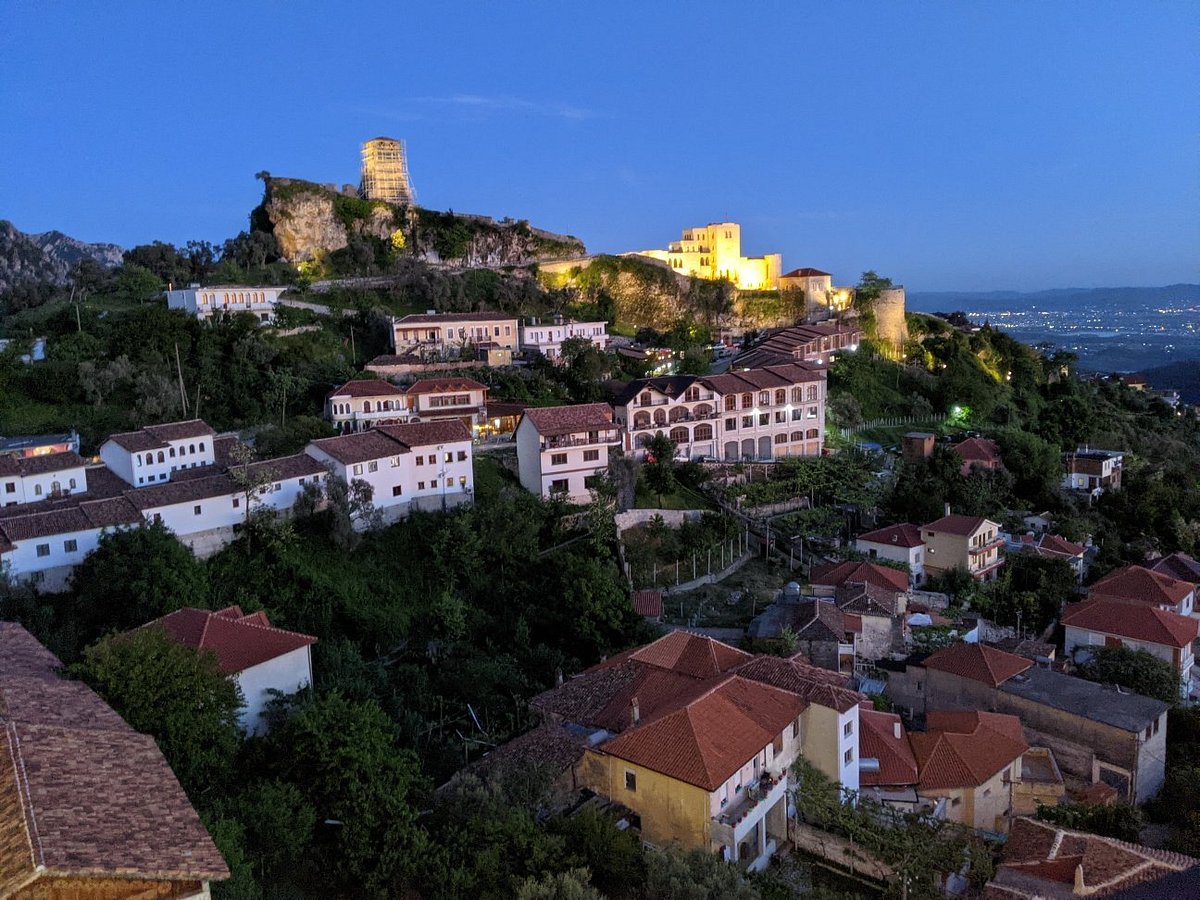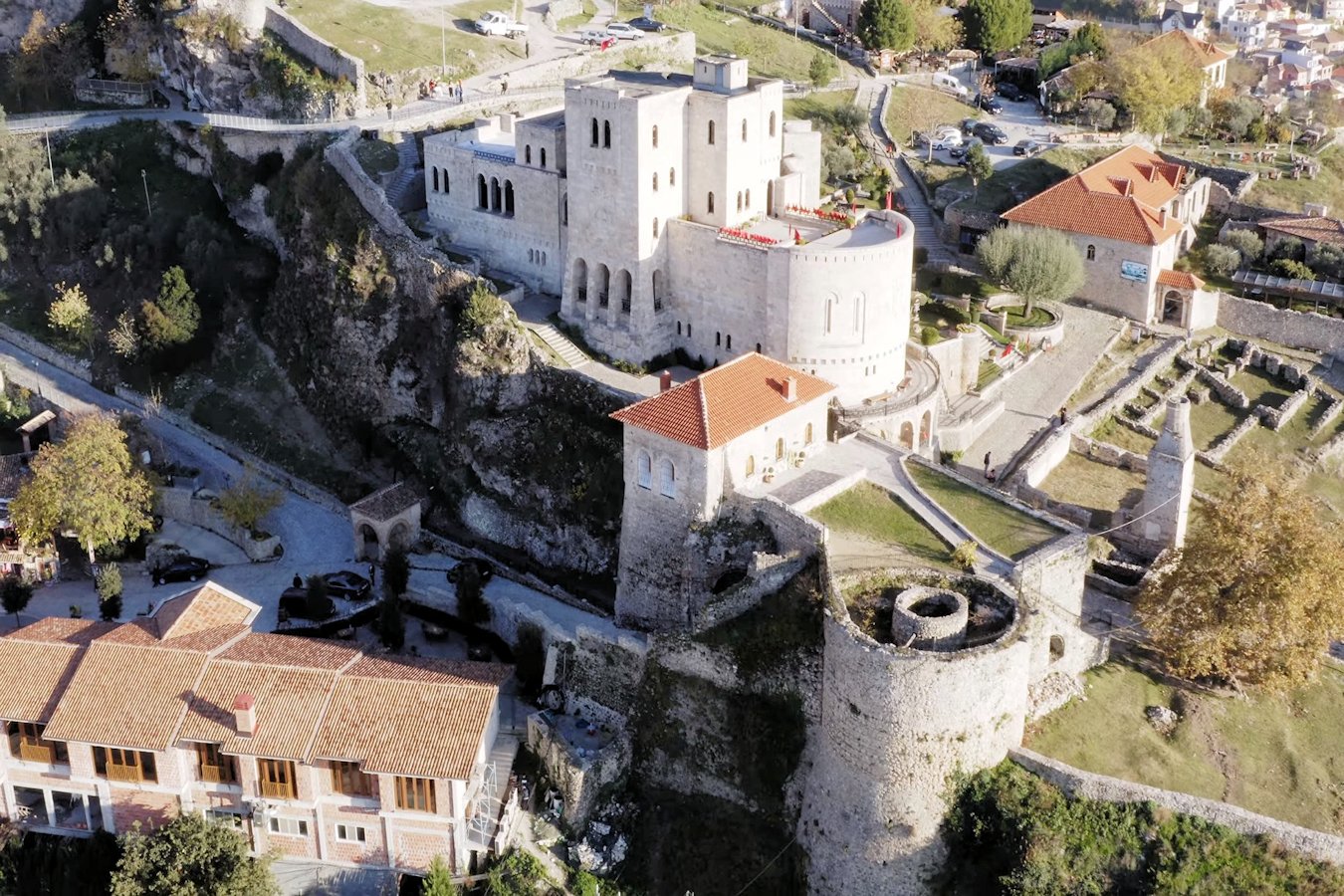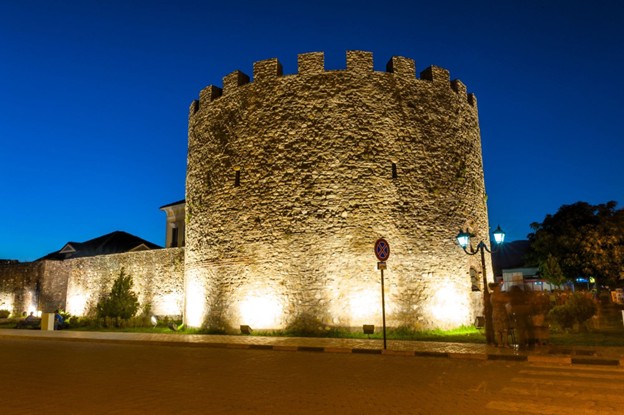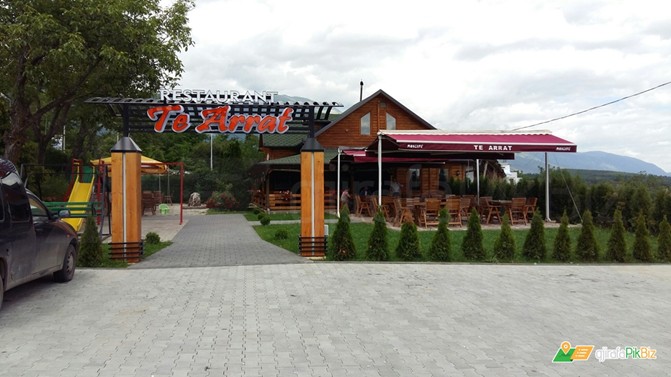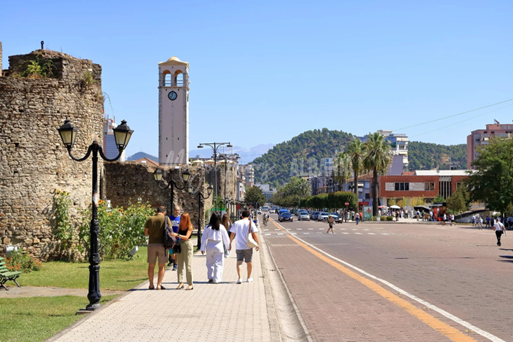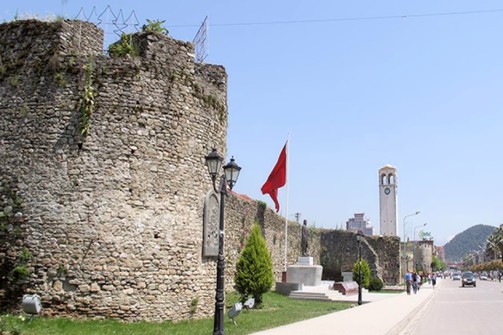Tirana's Natural Beauty
Package Overview
Tirana – Ujvara e Shen Gjergjit – Liqeni I Bovilles – Kruje-Elbasan
Trip Duration: 4 Days (Based in Tirana)
Available for: Children
Language: Albanian, Arabic, English, Spanish, Italian, French, German.
Tour itinerary:
This tour will start from Tirana the heart and capital of Albania.
Day 1: Tirana - Ujvara e Shen Gjergjit : Distance: 31.6 km, 1 h 7 min.
Will be heading for Ujvara e Shen Gjergjit for day tour then return to Tirana.
Day 2: Tirana - Liqeni I Bovilles: Distance: Distance: 19.3 km- 58 min..
We head to Liqeni I Bovilles to enjoy the scenery for couple of hours then head back to Tirana.
Day 3: Tirana - Kruje: Distance: 1 h 5 min. 40 km.
We head to Kruje to spend the day there then come back to Tirana in the evening.
Day 4: Tirana - Elbasan: Distance: 39.2 km – 45 min
We head to Elbasan to spend the day there then come back to Tirana in the evening.
1 Ujvara e Shen Gjergjit
Day 1: Tirana - Ujvara e Shen Gjergjit
Distance: 31.6 km, 1 h 7 min.
Trip duration: 5-6 hours
Ujëvara e Shën Gjergjit, also known as the Shëngjergj Waterfall, is a captivating natural attraction located approximately 37 kilometers east of Tirana, near the village of Shëngjergj. The waterfall boasts a height of about 30 meters, with waters sourced from Mali me Gropa Mountain, cascading over distinctive stratified red and colored rocks.
Access and Hiking Details:
The journey from Tirana to Shëngjergj typically takes around one hour by car, passing through Farkë, Surrel, and Shkallë. Upon reaching the area, visitors can park near the Restorant Ujvara Shëngjergj. The trailhead to the waterfall is located near a bridge adjacent to the restaurant. The hike to the waterfall is relatively easy, covering approximately 1.5 kilometers with an elevation gain of 56 meters, and can be completed in about 20 minutes. The path is marked with red and white signs, making navigation straightforward.
Best Time to Visit:
The optimal time to visit Ujëvara e Shën Gjergjit is during spring, when melting snow from Mali me Gropa increases the water flow, enhancing the waterfall's beauty. Autumn also offers a picturesque experience with vibrant foliage surrounding the area.
Nearby Attractions:
The Shëngjergj region is part of Albania's "100 Villages" project, aimed at promoting rural tourism. The area offers various attractions, including Rabbit Lake (Liqeni i Lepurit), the ruins of Shëngjin Castle, and traditional guesthouses providing authentic Albanian hospitality.
Visitor Tips:
- Footwear: While the trail is manageable, wearing appropriate footwear is advisable for safety.
- Swimming: The waterfall's pool offers a refreshing experience, though the water can be cold.
- Dining: Local restaurants, such as Restorant Ujvara Shëngjergj, serve traditional Albanian cuisine, enhancing the visit with local flavors.
Ujëvara e Shën Gjergjit provides a serene escape into nature, combining the tranquility of the Albanian landscape with the cultural richness of the Shëngjergj region.
2 Liqeni I Bovilles
Day 2: Tirana – Liqeni I Bovilles
Distance: 19.3 km- 58 min.
Trip duration: 5-6 hours
Liqeni i Bovillës, also known as the Bovilla Reservoir, is a scenic and important man-made lake located near Tirana, the capital of Albania. It serves as one of the primary sources of drinking water for the city and its surrounding areas. Here's detailed information about this picturesque reservoir:
Location and Accessibility
- Location: Bovilla Reservoir is situated in the northern outskirts of Tirana, approximately 15-20 kilometers from the city center.
- Accessibility: The lake is accessible by car or a combination of public transportation and walking. The journey involves a scenic drive through hills and valleys. The final approach includes a rugged road that adds a touch of adventure.
Geography and Features
- Size and Capacity: The reservoir has a surface area of about 4.6 square kilometers and a capacity of approximately 80 million cubic meters of water.
- Surrounding Landscape: The lake is nestled among hills and cliffs, offering stunning natural views. The surrounding terrain includes rocky outcrops, lush greenery, and trails ideal for hiking.
- Water Source: The reservoir is fed by the Bovilla River and other smaller streams originating from the nearby Dajti and Gamti mountains.
Purpose and Importance
- Water Supply: Bovilla Reservoir is a critical component of Tirana's water supply system. It provides clean drinking water to a significant portion of the city's population.
- Environmental Role: The reservoir and its surroundings contribute to the local ecosystem, supporting flora and fauna and helping regulate the area's microclimate.
Activities and Attractions
- Hiking and Climbing: The Bovilla area is a popular destination for outdoor enthusiasts. Hiking trails lead to viewpoints offering breathtaking panoramas of the lake and the surrounding mountains.
- Photography: The turquoise waters of the lake, contrasted with the rugged cliffs, make it a favorite spot for photography.
- Relaxation and Picnics: While swimming and fishing are restricted due to the lake's role as a water supply, visitors often come for peaceful picnics and to enjoy the serene environment.
Nearby Attractions
- Gamti Mountain: A challenging but rewarding hike up Gamti Mountain provides stunning views of the lake and the Tirana region.
- Dajti National Park: Located nearby, this park offers additional recreational activities, including a cable car ride, restaurants, and panoramic vistas.
Tips for Visitors
- Best Time to Visit: Spring and early autumn are ideal for visiting due to mild weather and vibrant natural colors.
- Preparation: Wear sturdy hiking shoes and bring water, snacks, and sunscreen, especially if you plan to explore the trails.
- Guided Tours: Some local tour operators offer guided excursions to Bovilla, including transportation and insights into the area's history and significance.
Environmental Conservation
Given its importance as a water source, the Bovilla Reservoir is protected to maintain water quality. Visitors are encouraged to respect the environment by avoiding littering and following designated paths.
Liqeni i Bovillës is a hidden gem that combines natural beauty with functional importance, making it a must-visit for nature lovers and adventure seekers exploring the Tirana region.
3 Kruje
Day 3: Tirana - Kruje
Distance: 1 h 5 min. 40 km.
Trip duration: 8-10 hours.
Kruja, located in central Albania, is a city rich in history, culture, and natural beauty. Known as the "city of the hero," Kruja holds a special place in Albanian history as the birthplace and stronghold of Skanderbeg, the national hero who resisted the Ottoman Empire in the 15th century. Here's a detailed overview of the city:
Geography and Location
- Position: Kruja is situated on the slopes of Mount Krujë, about 20 kilometers (12 miles) north of the capital, Tirana, and 35 kilometers (22 miles) inland from the Adriatic Sea.
- Altitude: The city lies at an elevation of approximately 600 meters (1,968 feet), providing stunning views of the surrounding region.
History
- Ancient and Medieval Era:
- The city has been inhabited since ancient times and was a significant center for the Illyrians.
- In medieval times, Kruja gained prominence as a fortress town and played a central role during the Albanian resistance against the Ottoman Empire.
- Skanderbeg’s Legacy:
- In the 15th century, Kruja became the epicenter of Albanian resistance under Gjergj Kastrioti Skanderbeg, who led a series of successful battles against the Ottomans from the Kruja Castle.
- Skanderbeg's leadership established Kruja as a symbol of freedom and national pride.
- Ottoman Era and Beyond:
- Despite Skanderbeg’s resistance, the Ottomans eventually captured Kruja in 1478, and it remained under Ottoman control for centuries.
- Kruja experienced a revival in the 20th century, becoming a focal point for Albanian nationalism.
Cultural and Historical Attractions
- Kruja Castle:
- A well-preserved medieval fortress perched on a hill overlooking the city.
- The castle includes the Skanderbeg Museum, which celebrates the hero’s life and legacy.
- The castle grounds also house the Ethnographic Museum, offering insights into traditional Albanian life.
- Old Bazaar:
- The historic bazaar is a vibrant marketplace with cobblestone streets and wooden stalls.
- Visitors can find traditional Albanian crafts, handmade rugs, antiques, and souvenirs.
- Teqe of Dollma:
- A 400-year-old Bektashi temple located within the castle grounds, showcasing Albania’s religious and cultural diversity.
- Nearby Historical Sites:
- The Holy Cave of Sarisalltik: A sacred Bektashi site located on Mount Krujë, offering both spiritual significance and panoramic views.
Natural Attractions
- Mount Krujë: The mountain is popular for hiking and outdoor activities, with trails leading to breathtaking viewpoints.
- Qafë-Shtama National Park: Located nearby, the park is known for its pristine nature, clear springs, and opportunities for eco-tourism.
Culture and Festivals
- Kruja is known for its deep cultural roots, reflected in local music, dance, and traditional Albanian hospitality.
- Festivals celebrating Skanderbeg's achievements and local traditions are held periodically, attracting visitors from across the country.
Economy
- Tourism: Kruja’s historical significance and proximity to Tirana make it a popular destination for domestic and international tourists.
- Artisan Crafts: The Old Bazaar is a hub for traditional Albanian crafts, particularly handmade rugs and filigree jewelry.
- Agriculture: Olive oil production and farming play an essential role in the local economy.
Modern Kruja
- Population: Kruja has a population of around 15,000-20,000 residents.
- Accessibility: The city is well-connected by road to Tirana and other major cities.
- Development: Kruja continues to balance its historical heritage with modern development, focusing on sustainable tourism.
Practical Information for Visitors
- Best Time to Visit: Spring and early autumn offer pleasant weather for exploring outdoor attractions.
- Local Cuisine: Visitors can enjoy traditional Albanian dishes, such as tavë kosi (baked lamb with yogurt) and byrek (savory pies).
- Accommodations: The city offers a range of accommodations, from traditional guesthouses to modern hotels.
Kruja is a must-visit destination for history enthusiasts, nature lovers, and those seeking to explore the rich heritage of Albania. Its historical significance, combined with stunning landscapes, makes it a jewel of the Balkans.
4 Elbasan
Elbasan is a city located in central Albania, known for its rich history, cultural significance, and vibrant atmosphere. Here’s an in-depth look at Elbasan:
Geographical Overview
- Location: Situated in central Albania, Elbasan lies on the banks of the Shkumbin River.
- Elevation: Approximately 150 meters (490 feet) above sea level.
- Proximity: Around 35 kilometers (22 miles) south of Tirana, the capital of Albania.
Historical Background
- Ancient Origins: Known in antiquity as Scampis, Elbasan was originally a settlement in the Roman Empire. It played a strategic role due to its location on the Via Egnatia, an important trade and military route connecting Rome to Byzantium (modern-day Istanbul).
- Ottoman Era: The city flourished under Ottoman rule, gaining its modern name, which means "Fortress" in Turkish. Many structures from this period remain intact today.
- Modern Era: Elbasan has been a significant industrial and cultural hub in Albania, particularly during the 20th century.
Population and Demographics
- Population: Approximately 80,000 people (as of the latest estimates).
- Ethnic Composition: Predominantly Albanian with small minority groups.
- Religious Diversity: Includes Muslims, Orthodox Christians, and Catholics, reflecting Albania’s historically multi-religious society.
Key Attractions
- Elbasan Castle:
- A 15th-century fortress built by the Ottomans on the ruins of earlier Roman and Byzantine structures. The walls and some interior buildings have been preserved.
- Via Egnatia:
- Ancient Roman road remnants can be found in and around the city.
- King Mosque (Xhamia Mbret):
- Built in the 15th century, this is one of the oldest mosques in Albania and is still functional.
- Ethnographic Museum:
- Offers a glimpse into the region’s cultural heritage, showcasing traditional costumes, tools, and artifacts.
- Saint Mary Church:
- A historic Orthodox church located near the castle.
Economy
- Industries:
- Elbasan has historically been an industrial hub, particularly during the communist era, with significant iron and steel production facilities.
- Today, the economy is more diversified, with sectors like agriculture, trade, and services contributing to growth.
- Agriculture:
- The surrounding region is fertile and known for producing olives, grapes, and various fruits.
Culture
- Festivals:
- Celebrates traditional Albanian holidays and cultural events, including the Summer Day Festival (Dita e Verës), a national holiday originating from Elbasan.
- Cuisine:
- Known for its byrek (savory pie), lamb dishes, and desserts like ballokume, a traditional sweet made during the Summer Day Festival.
Transportation
- Road: Elbasan is connected to Tirana and other cities via highways, including the recently constructed Elbasan-Tirana tunnel, which has significantly reduced travel time.
Bus and Minibus Services: Provide regular connections to other parts of Albania.
Education and Institutions
- University of Elbasan: One of the leading universities in Albania, offering a variety of programs and contributing to the city’s vibrant student population.
- Schools and Cultural Institutions: The city boasts a number of primary and secondary schools, libraries, and cultural centers.
Natural Attractions Nearby
- Shkumbin River: Offers scenic views and opportunities for nature walks.
- Shebenik-Jabllanicë National Park: Located to the east of Elbasan, this park is ideal for hiking and exploring Albania’s natural beauty.
- Thermal Baths of Llixha: A short distance from the city, these thermal springs are popular for their supposed therapeutic properties.
Notable Challenges
- Urban Development: Rapid growth has led to some issues with urban planning and infrastructure maintenance.
- Industrial Legacy: Efforts are ongoing to address environmental concerns from the city’s industrial past.
Elbasan is a fascinating blend of history, culture, and modern development, offering visitors a unique experience of Albania's central region. Whether you’re interested in history, food, or nature, Elbasan has something to offer.
Package Pricing
| Item/Service | Price |
|---|---|
| Tour (1 person) (Tour Guide +Car) | €360.00 |
| Tour (2 persons) (Tour Guide +Car) | €299.00 |
| Tour (3 persons) (Tour Guide +Car) | €250.00 |
| Tour (4 persons) (Tour Guide +Car) | €199.00 |
| Tour (5 persons) (Tour Guide +Car) | €150.00 |
| Tour (6-7 persons) (Tour Guide +Car) | €110.00 |
For an all-day companionship price of the guide €60
